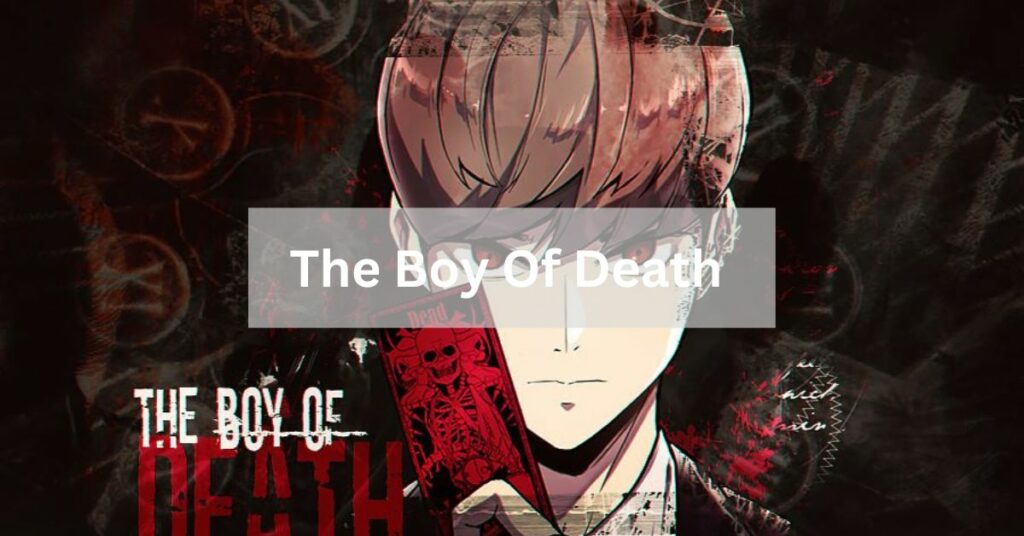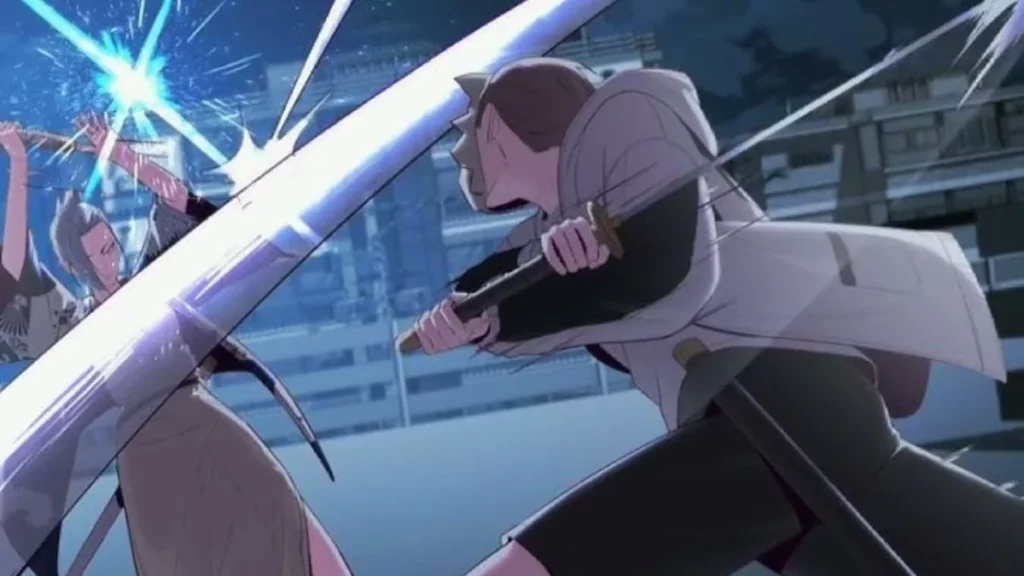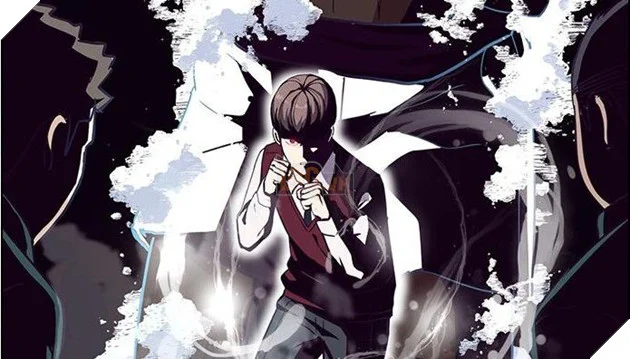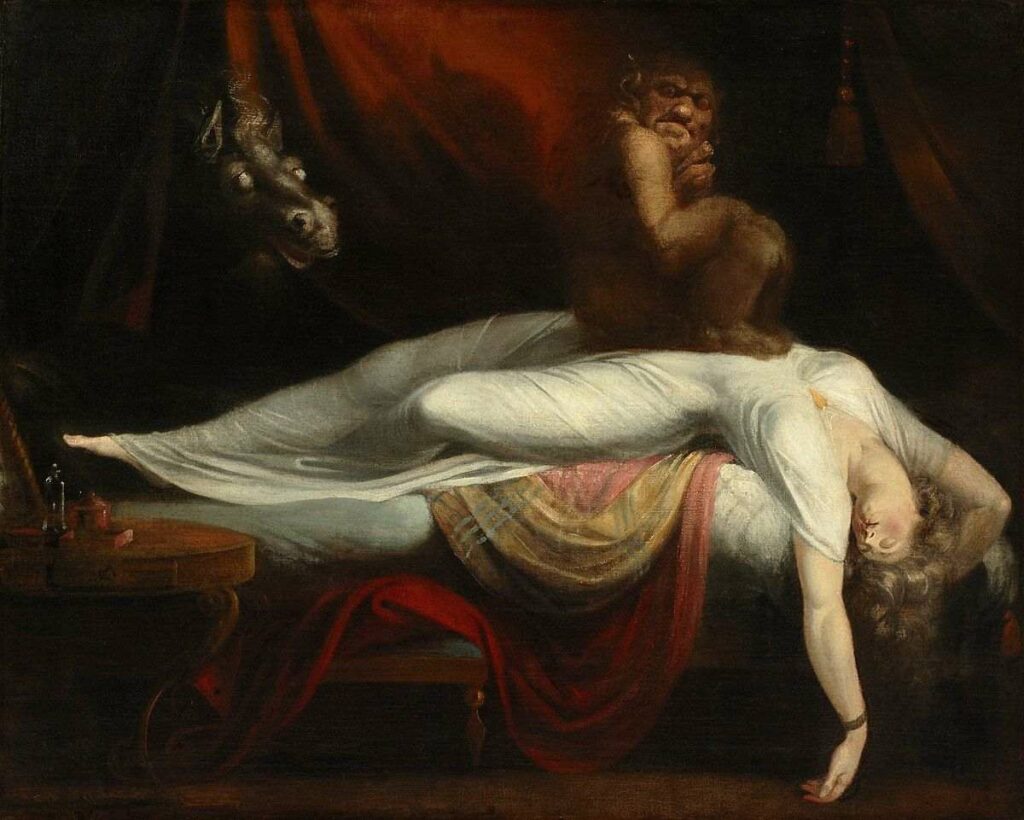The Boy Of Death – Unlock A World Of Wonder!
6 min read
Discover the enigmatic presence of the Boy of Death in literature and art, where he serves as a symbolic guide, navigating themes of mortality, spirituality, and the intricate facets of human existence.
The Boy of Death is a symbolic figure found in literature and art, often serving as a guide or catalyst for exploring themes of mortality, spirituality, and the human condition.
Journey through timeless narratives and captivating imagery that reflect the profound impact of this enigmatic figure.
Origins And Cultural Significance – Join The Adventure!

The origins of the Boy of Death vary across cultures, yet each interpretation underscores humanity’s deep-seated fascination with mortality.
In ancient Greek mythology, Thanatos, the personification of death, is often depicted as a youthful figure, symbolizing the inescapable cycle of life and death.
This portrayal underscores the Greeks’ acknowledgment of death as an intrinsic part of existence, emphasizing its inevitability rather than something to be feared.
In other cultural traditions, such as Native American folklore and African mythology, the Boy of Death takes on diverse forms and roles.
Among some tribes, he is viewed as a benevolent guide, gently leading souls to the afterlife with compassion and grace.
In contrast, in particular African cultures, he is portrayed as a more ominous figure, representing the destructive force of death and the unknown.
Across these varied interpretations, however, the Boy of Death remains a potent symbol, challenging individuals to confront their mortality and ponder the mysteries of existence.
Varied Interpretations Across Cultures – Embrace Cultural Diversity With Us Today!
1. Greek Mythology Influence:
The Boy of Death echoes ancient Greek mythology, where he resembles Thanatos, the personification of death.
Often depicted as a youthful figure with wings, he symbolizes the delicate balance between life and death, embodying the inevitability of mortality.
2. Native American Beliefs:
In Native American folklore, the Boy of Death assumes a more benevolent role. He is seen as a guide for departed souls, ensuring a peaceful transition to the afterlife.
Among certain tribes, he is revered as a guardian spirit, offering comfort and protection to those journeying beyond the mortal realm.
3. Variations in Perception:
Interpretations of the Boy of Death are not universally positive. In some cultures, he is portrayed as an evil force, bringing doom and destruction.
Here, he embodies the fear and uncertainty surrounding mortality, serving as a stark reminder of humanity’s vulnerability in the face of the unknown.
4. Symbol Of Reflection And Introspection:
The Boy of Death contemplates existential questions across diverse cultures. His presence encourages individuals to ponder the mysteries of existence and their place within the cosmic order, highlighting the nuanced and multifaceted nature of humanity’s relationship with mortality and the afterlife.
Philosophical And Existential Implications – Let’s Go On A Curious Adventure Together!

The legend of the Boy of Death carries profound philosophical and existential implications that force us to confront the fundamental questions of existence.
At its core, the Boy of Death represents the universal truth of mortality and the inevitability of our eventual demise.
In encountering this symbol, we are compelled to grapple with the transient nature of life and the mysteries that lie beyond the realm of the living.
This confrontation with mortality prompts us to reflect on the meaning of our existence, challenging us to consider the legacy we leave behind and the choices we make in the face of uncertainty.
Moreover, the legend of the Boy of Death invites us to contemplate the nature of death itself and its place within the larger fabric of existence.
In confronting the unknown, we are forced to confront our mortality, prompting us to ponder the mysteries of the afterlife and the possibility of transcendence beyond the confines of the physical world.
This exploration of death as both an end and a beginning forces us to confront our own beliefs and assumptions about the nature of reality, inviting us to consider alternative ways of understanding the mysteries of existence.
Ultimately, The Boy of Death’s philosophical and existential implications challenge us to embrace life’s uncertainties with courage and humility, urging us to find meaning and purpose in the face of mortality’s inevitable embrace.
Symbol Of Fear And Hope – Art To Show Both Scary And Hopeful Things!
The Boy of Death is a profound symbol embodying both fear and hope, juxtaposing the fragility of life with the possibility of transcendence.
In many cultures, the mere mention of death invokes a primal fear, a reminder of the unknown and the inevitable end that awaits us all.
The Boy of Death encapsulates this fear, serving as a potent symbol of mortality that forces us to confront our mortality and the impermanence of existence.
Yet, within this fear lies the seed of hope, for the Boy of Death also represents the possibility of transcendence and transformation.
In some interpretations of the legend, the Boy of Death is not merely a harbinger of doom but a compassionate guide who leads souls to their final resting place with grace and dignity.
In this guise, he becomes a symbol of hope, offering solace to those grappling with grief and loss, reassuring them that death is not the end but rather a transition to a new phase of existence.
Thus, the Boy of Death embodies the duality of human experience, reminding us that even in the darkest times, there is always a glimmer of hope to be found, a light that guides us through the darkness and leads us toward a brighter tomorrow.
Literary And Artistic Representations – Join Us On A Journey Of Imagination And Insight!

In the vast landscape of human creativity, the Boy of Death emerges as a recurring motif, captivating the imaginations of writers and artists alike.
In literature, this enigmatic figure often serves as a conduit for exploring the profound themes of life, death, and the human condition.
Through various narratives, such as Neil Gaiman’s “The Graveyard Book,” the Boy of Death becomes a symbolic guide, leading protagonists on transformative journeys of self-discovery and enlightenment.
His presence infuses these stories with mystery and profundity, inviting readers to ponder the mysteries of existence and the inevitability of mortality.
Similarly, in art, the Boy of Death has inspired countless creators, offering a rich tapestry of symbolism and metaphor to explore.
Through paintings, sculptures, and other visual mediums, artists delve into themes of mortality, spirituality, and the passage of time, using the Boy of Death as a lens to contemplate the mysteries of life and death.
Whether depicted as a solemn harbinger of doom or a compassionate guide to the afterlife, the Boy of Death continues to resonate with audiences, inviting them to confront their mortality and embrace the beauty and fragility of life.
Conclusion:
The Boy of Death is a symbolic character frequently encountered in literature and art, where he frequently acts as a guide or catalyst for delving into topics such as mortality, spirituality, and the complexities of being human.
FAQs:
1. What role does the Boy of Death play in literature?
The Boy of Death often serves as a symbolic guide, leading protagonists on journeys of self-discovery and enlightenment in literature, such as in Neil Gaiman’s “The Graveyard Book.”
2. How does the Boy of Death inspire artists?
Artists find inspiration in the rich symbolism of the Boy of Death, exploring themes of mortality, spirituality, and the passage of time through various visual mediums.
3. What emotions does the Boy of Death evoke in literature?
The Boy of Death can evoke emotions, from fear and uncertainty to contemplation and introspection, as characters navigate themes of life, death, and transcendence.
4. How does the Boy of Death contribute to character development?
Interactions with the Boy of Death often lead to profound moments of growth and insight for characters, shaping their understanding of themselves and the world around them.
5. Why is the Boy of Death a timeless motif in art and literature?
The Boy of Death resonates with audiences across time and cultures due to its universal themes, inviting reflection on the human condition and the mysteries of existence.
Also Read:






